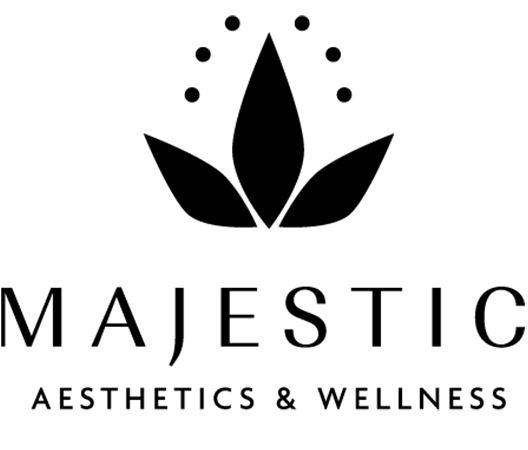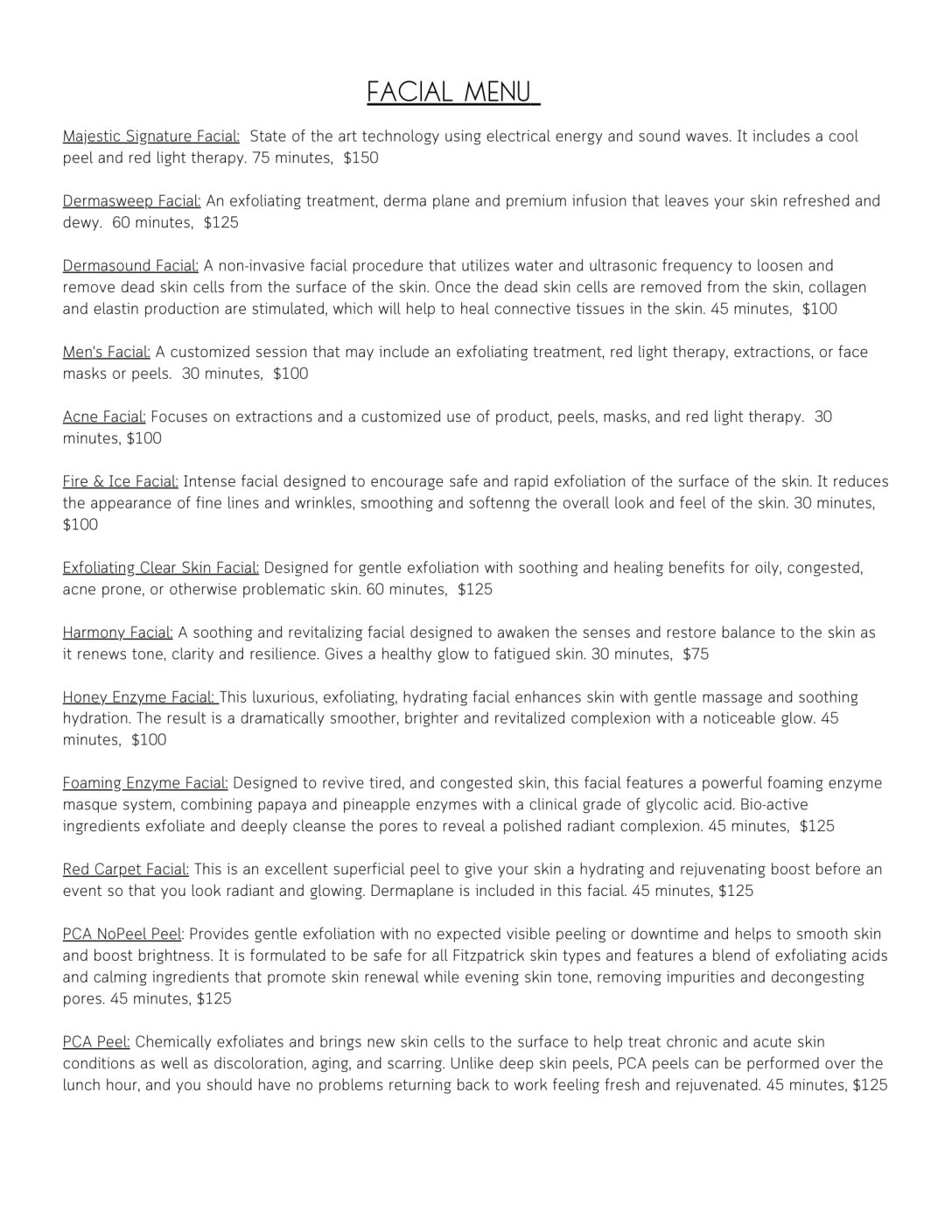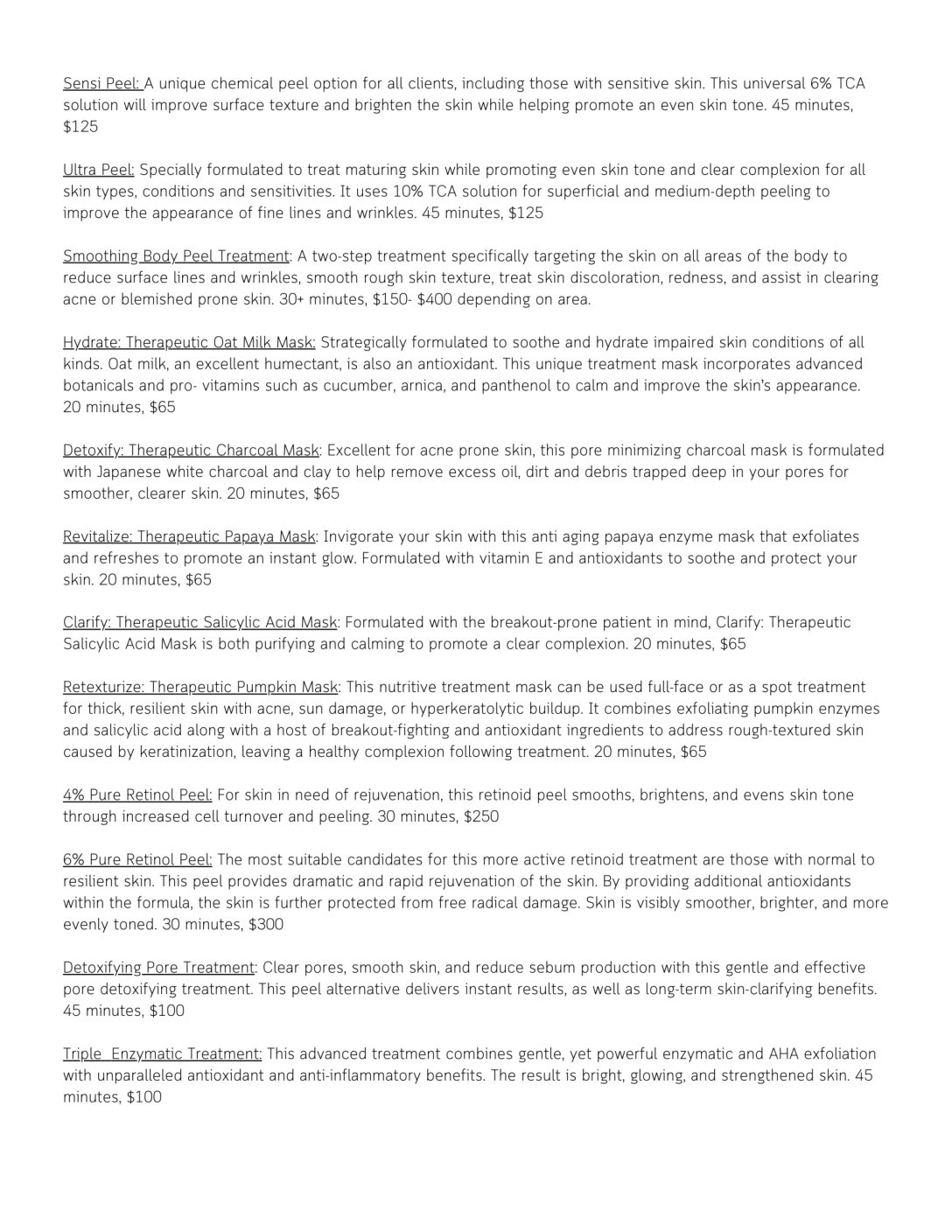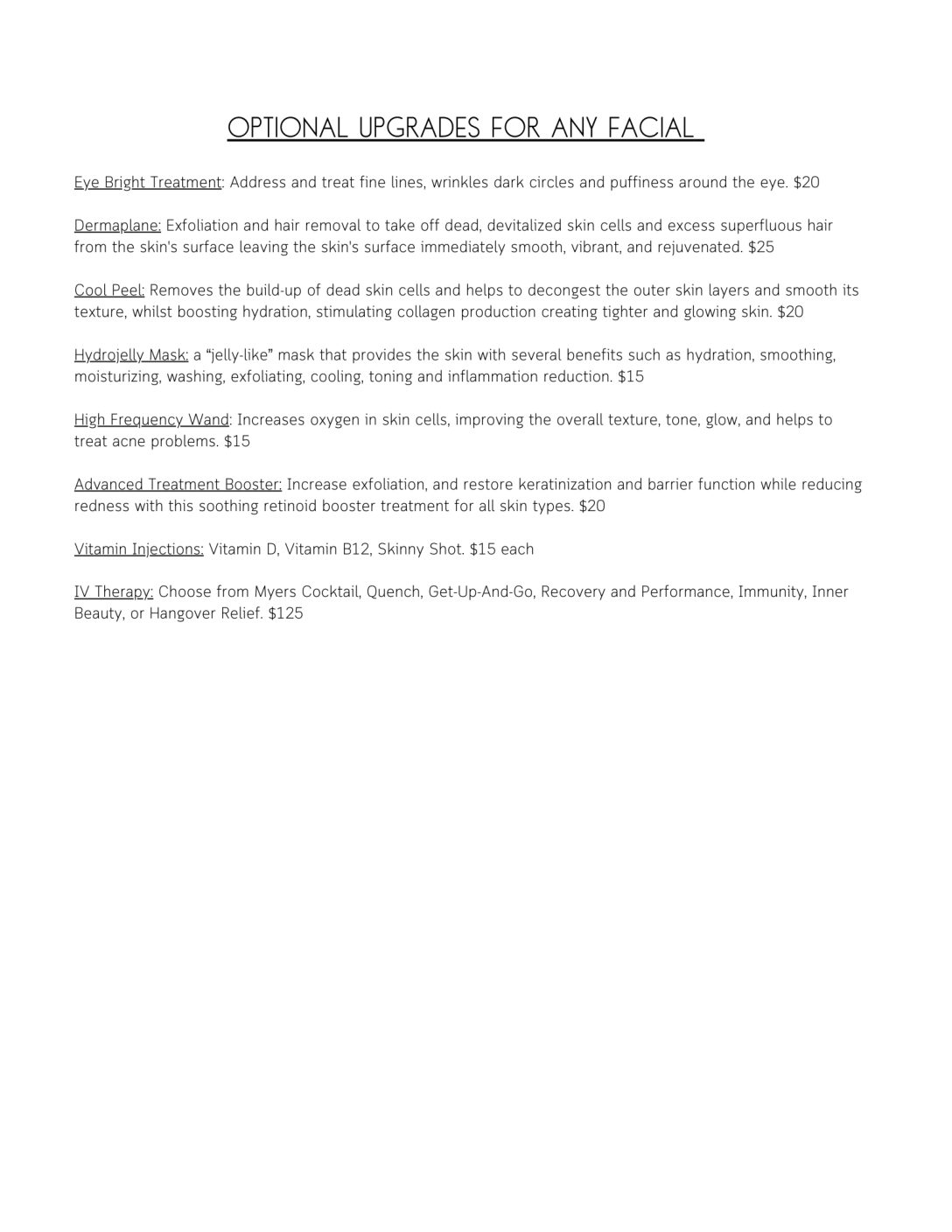More and more people are becoming aware of the dangers of prolonged sun- exposure and unfortunately they are also duped into believing that all they need is a sunscreen. The popular belief is that scientists have found magic little molecules that specifically forbid harmful Ultraviolet (UV) rays from entering the skin. The public believes that if a sunscreen claims to be a total block, or has a staggering Sun Protection Factor, then they will be protected from the harmful UV rays while they are in the sun. Unfortunately, the scientists have not yet come up with any magic molecules that can do what we want and these massive SPF products don’t protect the skin nearly as much as the public believes.
So far the scientists have synthesised molecules that have complied with cosmetic requirements of being invisible, but do not offer real protection from the sun.
The average person wants to carelessly rub on a preparation that will leave no visible trace of being on the surface of the skin i.e. it will allow light through it, but specifically block out the damaging UV rays. That’s a task for a magician! They also want the product not to be de-graded by its action or by being exposed to light, so that it can last as long a time as they want to spend on the beach. Well, these are pretty tough requirements and so far the only one that scientists have been able to satisfy is to make the preparations invisible. They haven’t been able to make molecules that selectively block out UV rays entirely, nor have they managed to make the molecules indestructible. In fact some of the molecules, after they have been exposed to UV light and have absorbed the energy of the UV rays, may fluoresce or actually become free radicals. This news created a storm of concern in Europe recently and Denmark actually banned all products containing methoxycinnamate. The fact that almost all the sunscreen products in the country were banned, and that the population would be deprived of the real (though limited) protection methoxycinnamate does in fact provide, was ignored.
The methoxycinnamates are probably the best organic UV-B screens that we have at the present time. Don’t be frightened to use a product containing them, but realise that they can only filter out many, but not all, UV-B rays and that after they have been “consumed” in the removal of a particular UV-B ray, they are inactive and so with the passage of time, the barrier against UV-B disappears.
Titanium dioxide and zinc oxide provide better UV-B (and A!) protection but are more difficult to formulate into strong protection that is truly invisible.
As the UV-B rays enter the upper layer of the skin un-apposed, they start to generate a sun-burn with redness of the skin and a burning sensation (that will eventually lead to blister formation) which of course reminds you that you had better get out of the sun. UV-B rays are more powerful than UV-A rays, but there is only one UV-B ray for every thousand UV-A rays, so they are much less common, and the atmosphere easily filters them out. Early in the morning and
later in the afternoon the sun travels obliquely through the atmosphere and so more UV-B rays are filtered out. A similar filtering occurs in winter when the sun is up in the north and sunlight has to travel obliquely through a much thicker atmosphere. Almost no UV-B rays can penetrate through the atmosphere in areas south of Sydney.
Currently, the best organic sunscreen for UV-A is Parsol 1789 (butyl methoxydibenzoylmethane). However, the most common so-called UV-A screen is oxybenzone, which is much less effective and is really more of a UV-B screen. Oxybenzone also becomes a more excited radical when it absorbs the energy of UV rays. The organic sunscreens protect us mainly from the UV-A rays that are closer to UV-B rays and have virtually no effect on the “softer” UV-A rays, closer to visible light that can penetrate even deeper into the skin. UV-A rays are the so-called “safe” rays that are generated in solariums. These rays in fact are dangerous and may have a greater role in the development of skin cancer than was originally thought. They are very effective at damaging skin and making us look old. Therefore, we need stronger UV-A protection in the area closest to
visible light. Zinc oxide and titanium dioxide are more effective and I believe both of them should be included in the ideal sun block. However, the great difficulty lies in making the sun block strong enough without it being visible on the surface of the skin.
From my point of view, sunscreens or sun blocks are not enough because light still comes through into the skin even when we use the most powerful agents possible. We cannot reflect or absorb every UV ray that penetrates the skin. It is simply impossible because there are so many of them. Therefore we have to have another “back-up defence” system to deal with as many of those unobstructed rays as possible. These rays create free radicals and so this is where we need an antioxidant brigade to mop up those free radicals that are formed. The natural antioxidant brigade for the skin is vitamin C, vitamin E, alpha-lipoic acid, glutathione, the carotinoids and flavonoids, and coenzyme Q10. These all work together to boost each other and maximise their effects. Of course, we cannot get all of these ingredients into a sun-protection product, but we should have as many of them as possible.
Therefore, my ideal sun cream would be based on the broad and more effective protection given by zinc oxide and titanium dioxide, with a strong antioxidant brigade comprising at least of vitamins C and E and beta carotene, and alpha lipoic acid. The problem is that vitamin C does not easily remain effective in a cream so one has to use stable forms of it like magnesium ascorbyl phosphate, or even better, ascorbyl tetra-isopalmitate which is an oil soluble version of vitamin C which is more easily absorbed into the skin cells and is therefore a much more potent free radical quencher.






